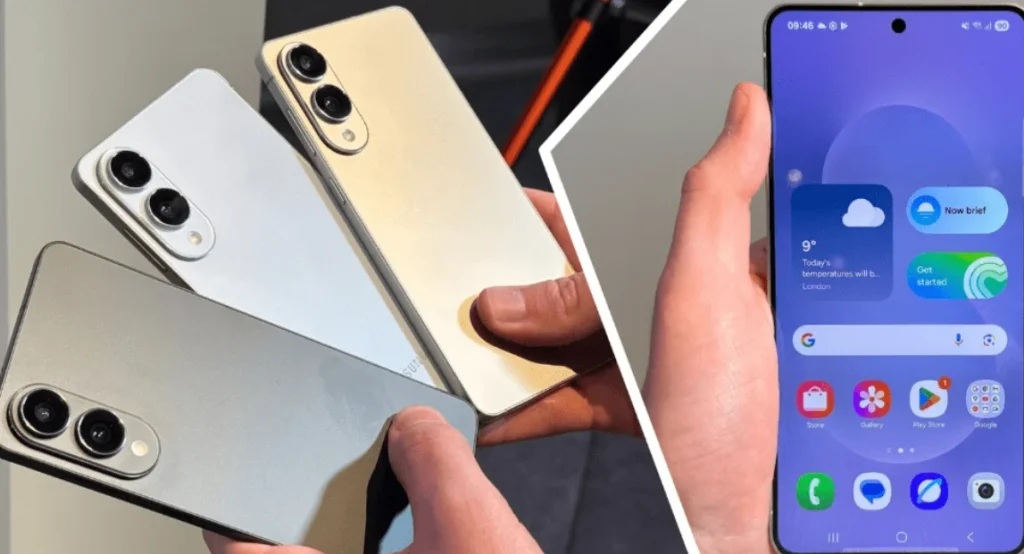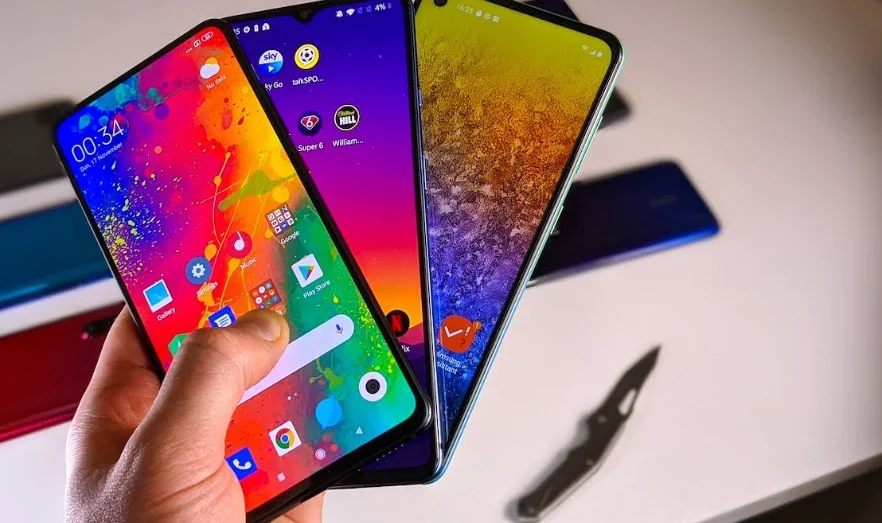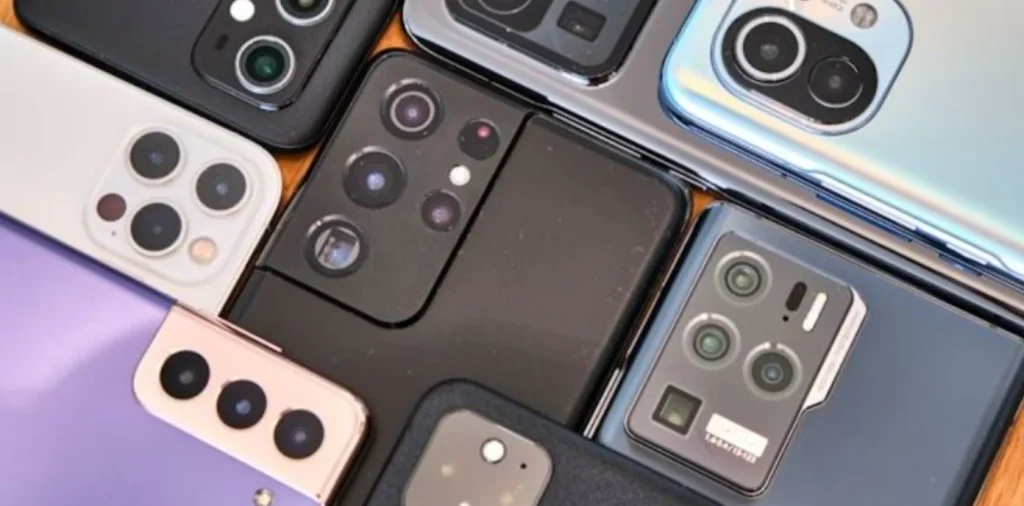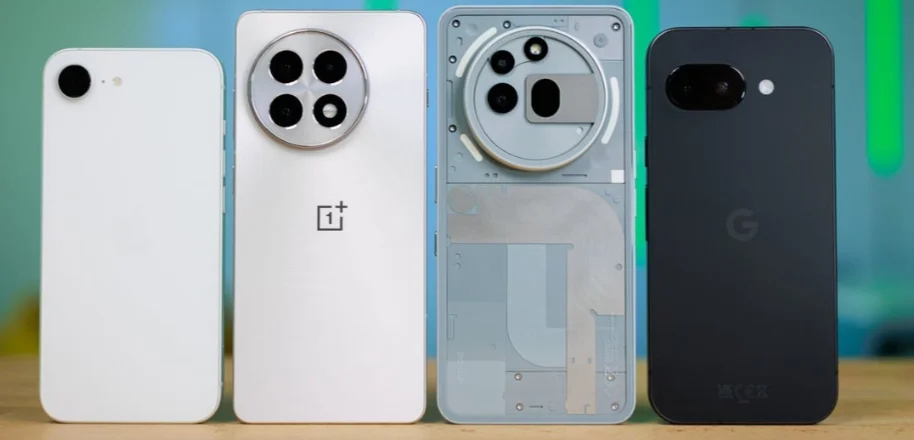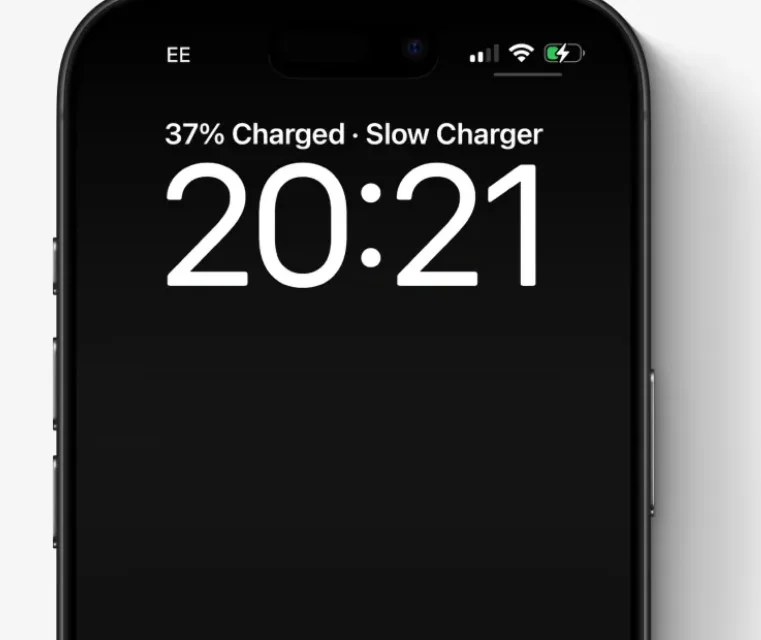Samsung has officially launched the Galaxy S25 Edge today, marking its entry into the ultra-thin smartphone market with a device that blends cutting-edge design, powerful performance, and advanced AI capabilities. Unveiled at a virtual Galaxy Unpacked event, the S25 Edge is positioned as a premium addition to the Galaxy S25series, which debuted earlier this year. With a starting price of $1,099, the phone is now available for pre-order, with official sales set to begin on May 30, 2025.
The Galaxy S25 Edge, described by Samsung as “more than a slim smartphone”, aims to redefine flagship expectations by combining a sleek 5.8 mm-thick profile with high-end specifications. The launch event, streamed live on Samsung’s YouTube channel and website, highlighted the phone’s innovative engineering, durability, and AI-driven features, positioning it as a direct competitor to upcoming slim devices like Apple’s rumoured iPhone 17 Air.
Samsung first teased the Galaxy S25 Edge in January 2025 during the Galaxy S25 series launch, followed by a display at Mobile World Congress (MWC) 2025. Initially slated for an April release, the launch was delayed to May 13, reportedly due to internal leadership changes following the passing of Samsung DX head Jong-Hee Han. The company confirmed the phone’s global rollout, with pre-orders starting May 14 and availability in key markets like South Korea, China, and the United States by May 30. Select regions, including Nigeria, may see a slightly later release.
Priced at $1,099 for the 256GB model and $1,199 for the 512GB variant, the Galaxy S25 Edge slots between the $999 Galaxy S25 Plus and the $1,299 Galaxy S25 Ultra, making it a premium offering. Samsung is offering incentives, including a $50 credit for pre-orders registered before the launch and a free storage upgrade from 256GB to 512GB for early buyers.
TM Roh, president of mobile devices at Samsung, emphasised accessibility, stating, “Our goal is to position this at a pricing that is lower than the Ultra models, so it’s more accessible and has more customers.” The company projects producing up to 3 million units, signalling confidence in the growing demand for slim, lightweight flagships.
A detailed review of Galaxy S25 Edge features
The Galaxy S25 Edge stands out for its ultra-thin design and robust feature set, though it makes some trade-offs to achieve its sleek look. Below is an in-depth review of its key specifications and capabilities, based on information from Samsung’s announcements.
- Design and build: The thinnest Galaxy S ever
Measuring just 5.8mm thick and weighing 163 grams, the Galaxy S25 Edge is Samsung’s slimmest flagship to date, surpassing the 7.2mm Galaxy S25 and 8.22mm S25 Ultra. Its titanium frame, paired with a ceramic rear panel and Corning Gorilla Glass Ceramic 2 on the front, ensures durability despite the thin profile. Samsung UK’s Annika Bizon emphasised that slimness does not compromise strength, a claim reinforced by the phone’s scratch-resistant materials.
The phone is available in three colours: Titanium Silver, Titanium Jet Black, and Titanium Icy Blue. Its 6.7-inch display matches the Galaxy S25 Plus in size but features thinner bezels, akin to the S25 Ultra, for a more compact front profile. At 5.75 ounces, it’s 27 grams lighter than the S25 Plus, making it exceptionally comfortable to hold, though the thin edges may affect long-term grip comfort.
- Display: Vibrant and efficient
The Galaxy S25 Edge sports a 6.7-inch Dynamic AMOLED 2x display with a Quad HD+ resolution (1440 x 3120 pixels), delivering a pixel density of about 519 PPI. The panel supports a 120Hz refresh rate with HOP 3.0 technology, similar to LTPO, enabling finer refresh rate adjustments (down to 1.2Hz) for improved power efficiency. Peak brightness reaches 2600 nits, ensuring visibility in bright conditions, though it lacks the anti-glare coating exclusive to the S25 Ultra.
The display incorporates Adaptive Vision Booster for enhanced colour and contrast, making it ideal for media consumption and gaming. However, the flat screen deviates from Samsung’s earlier “Edge” branding, which denoted curved displays, potentially confusing legacy fans.
- Performance: Snapdragon 8 Elite with a twist
Powered by the Qualcomm Snapdragon 8 Elite chipset, the Galaxy S25 Edge promises flagship-level performance for gaming, multitasking, and AI-driven tasks. However, Samsung opted for a 7-core version of the chip (versus 8 cores in other S25 models) to manage thermal constraints in the slim chassis. Early benchmarks suggest slightly lower scores compared to the S25 Plus, with the Edge scoring around 3132 single-core and 9935 multi-core versus the Plus’ 9935 and 3132, respectively.
The phone comes with 12GB of RAM across all configurations and storage options of 256GB or 512GB (no 1TB variant). It runs One UI 7 based on Android 15, featuring a redesigned lock screen, split notification panel, and new AI-powered features. Samsung guarantees seven years of software updates, ensuring longevity through 2032. A vapour chamber cooling system helps manage heat during intensive tasks, though real-world performance awaits further testing.
- Camera: High-resolution main sensor, but limited setup
The Galaxy S25 Edge features a dual-camera system on the rear, a departure from the triple-camera setups on other S25 models. The highlight is a 200MP ISOCELL HP2 main sensor, identical to the S25 Ultra, capable of pro-grade photography with 10x digital zoom. It’s paired with a 12MP ultrawide camera, matching the S25 Plus, but lacks a dedicated telephoto lens, relying on 2x crops from the main sensor for zoom. The front camera is a 12 MP sensor with an 85-degree field of view.
Samsung’s Galaxy AI enhances the camera with features like generative photo editing, object removal, and Audio Eraser for video sound cleanup. New AI tools, such as Now Brief (personalised daily summaries) and cross-app voice commands, are inherited from the S25 series. The 200 MP sensor promises stunning detail, but the absence of a telephoto lens may disappoint zoom enthusiasts.
- Battery and charging: A potential weak point
The Galaxy S25 Edge houses a 3900 mAh battery, smaller than the 4000 mAh in the standard S25 and 4900 mAh in the S25 Plus. Samsung claims 24 hours of video playback or “all-day” usage, but real-world performance remains untested. The Snapdragon 8 Elite’s power management is expected to mitigate the smaller capacity, though heavy users may find it limiting.
Charging is capped at 25W, matching the base S25 but lagging behind competitors offering faster speeds. Wireless charging is supported, but specifics on speed are undisclosed. Some rumours suggested a silicon-carbon battery for higher energy density, but Samsung has not confirmed this.
- AI and software: Galaxy AI takes centre stage
Galaxy AI is a cornerstone of the S25 Edge, with Samsung touting it as a “powerful AI companion”. Features include Circle to Search, Chat Assist, and enhanced photo/video editing tools. The Now Brief screen offers personalised daily insights, while cross-app actions allow complex tasks via single voice commands using Gemini Assistant. Samsung’s focus on AI positions the Edge as a creative and productivity tool.
Pros and cons
Pros:
- Ultra-thin 5.8mm design with premium titanium and ceramic materials
- Stunning 6.7-inch AMOLED display with 120Hz refresh rate
- Powerful Snapdragon 8 Elite chipset with 12GB RAM
- • 200 MP main camera with advanced Galaxy AI features
- Seven years of software updates
- Lightweight at 163 grams
Cons:
- Smaller 3900 mAh battery may limit heavy usage
- Only two rear cameras, lacking a telephoto lens
- 25W charging speed is outdated for a flagship.
- High $1,099 price tag competes with feature-rich S25 Ultra
- 7-core chipsets may underperform compared to 8-core siblings.
The Samsung Galaxy S25 Edge is a bold step into uncharted territory, offering a strikingly thin design without sacrificing core flagship capabilities. Its 200 MP camera, vibrant display, and AI-driven features make it a compelling choice for those seeking a premium, lightweight device. However, the smaller battery, limited camera setup, and high price raise questions about its value compared to the S25 Plus or Ultra.








